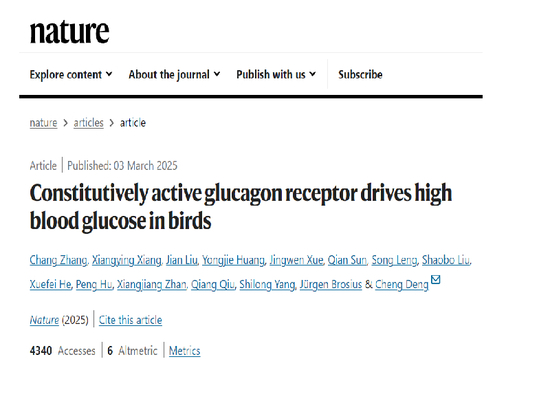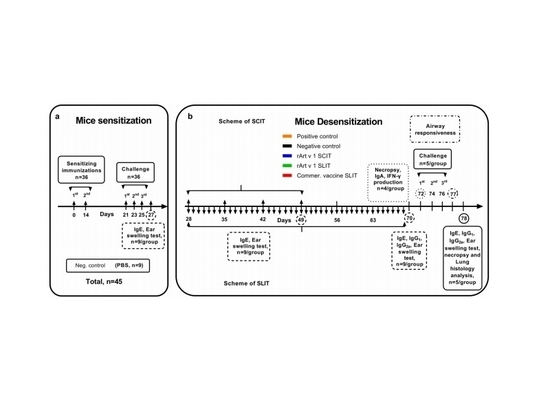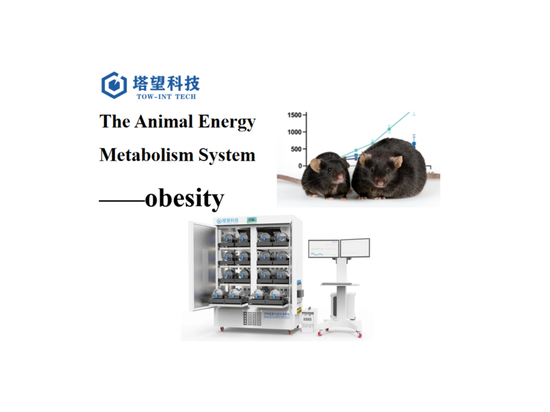
#Industry News
Insect Energy Metabolism
Using Tow-Int Tech Animal Metabolism Monitoring System to Study the Metabolism of Silkworms, Supporting the Optimization of Sericulture and Drug Development
Background
Silkworms are the sole source of natural silk. For thousands of years, silk has held significant cultural, economic, and practical importance in China. In modern times, silk has found widespread applications in medicine, beauty, and industry.
Measuring the energy metabolism of silkworms is crucial for optimizing their husbandry management and advancing the scientific level of sericulture. It aids in assessing the physiological status of silkworms, analyzing nutritional needs, monitoring health conditions, supporting genetic improvement, studying environmental adaptability, enhancing ecological benefits and economic value, and facilitating early prevention of diseases, thereby comprehensively improving the yield and quality of silk.
The animal metabolism monitoring system, using indirect calorimetry, can real-time monitor animals' oxygen consumption, carbon dioxide production, and respiratory exchange ratio (RER), widely applied in energy metabolism-related disease models and studies. The measured indicators are as follows:
Oxygen Consumption (O2 Consumption, ml/kg/hr): The volume of O2 consumed by the animal per unit weight per unit time.
Carbon Dioxide Production (CO2 Production, ml/kg/hr): The volume of CO2 produced by the animal per unit weight per unit time.
Respiratory Exchange Ratio (RER): RER = CO2 Production / O2 Consumption.
Experimental Materials
Silkworms, aged 1-7 days, from Wenjiang District;
Mulberry leaves, mid-stage leaves, from Wenjiang District;
Animal energy metabolism monitoring system (EM-4MR, Tow-Int Tech).
Measurement Method
During the experiment, silkworms are placed in 25 mL test bottles, with temperature and humidity set at 26 ± 1°C and 85 ± 5%, respectively. An adaptive feeding period of 1-3 days is implemented. (Related parameters: ventilation flow rate 0.1 l/min, sampling flow rate 0.1 l/min, environmental sampling for 30 min, in-cage sampling for 300 min.)
Main Tests
After 2-3 days of adaptive feeding, the silkworms are placed in a single location for simultaneous measurement, providing ample mulberry leaves for feeding 2-3 times a day, with sampling over 24 hours.
After providing abundant mulberry leaves, the silkworms are measured in a single location without further leaf provision, with continuous measurements for 24 hours.
Selectively testing silkworms of the maximum and minimum weights under adequate mulberry leaf provision, with sampling over 24 hours.
The main focus is to analyze RER from the data obtained in tests 1 and 2, and analyze related oxygen consumption and carbon dioxide production from the data in test 3. The overall growth cycle of the silkworms in this study ranges from 5 to 14 days.
Results
Figure 1: RER 24-hour trend under normal feeding and starvation conditions.
Figure 2: Circadian rhythm of RER under normal feeding and starvation conditions.
Figure 3: Analysis of oxygen consumption and carbon dioxide production of silkworms of different weights.
Conclusion
Based on the results and the RER structural diagram of experimental mice, it is inferred that the RER of normally fed silkworms is between 0.7 and 0.8, indicating that most oxidative substrates are lipids. In a state of starvation, the RER of silkworms can range from 0.75 to 0.85, suggesting a gradual increase in oxidative substrates towards proteins and carbohydrates, which is consistent with established patterns.
The oxygen consumption of silkworms varies with weight, including factors such as temperature and humidity, growth days of mulberry leaves, and variety, which can all influence the silkworms' oxygen consumption and carbon dioxide production. This study demonstrates that the energy metabolism system can effectively test and quantify the RER, oxygen consumption, and carbon dioxide production related to the respiratory metabolism of silkworms.
Tow-Int Tech Animal Metabolism Monitoring System
The animal metabolism monitoring system mainly consists of an environmental chamber, animal experimental cages, data collection controllers, gas source and filtering components, a computer host, and software. It employs a floor-standing environmental chamber that can integrate up to 64 channels, enabling continuous monitoring of respiratory metabolism, dietary and water intake, spontaneous activity, and exercise for the same batch of small animals, while recording and analyzing relevant data. Its applications are broad, including research on cardiovascular diseases, insulin resistance, metabolic syndrome, diabetes, and the relationship between aging; metabolic diseases, neural injuries, epigenetic factors, antibiotic usage, and the effects of toxins on brain function; evaluating metabolic needs, and the relative thermal effects of different foods, drinks, activities, and drugs; metabolic phenotyping research; behavioral studies; nutritional research; sericulture research; and microbiome studies.
Contact us now!
We are committed to making your research easier, more accurate, and more efficient and helping you build confidence in your data! We have provided services for a large number of customers, giving us rich experiences in offering customized, professional solutions according to your needs.
References
[1] Jiang T, Ma L, Liu X Y, et al. Effects of starvation on respiratory metabolism and energy metabolism in the cotton bollworm Helicoverpa armigera (Hübner)(Lepidoptera: Noctuidae). Journal of Insect Physiology, 2019, 119: 103951.
[2] Wada M, Murata Y, Devkota H P. Development of a silkworms-based evaluation system for the extracts and compounds for their obesity and lipid metabolism improving activity. 2024.
[3] Blossman-Myer B, Burggren W W. The silk cocoon of the silkworm, Bombyx mori: Macro structure and its influence on transmural diffusion of oxygen and water vapor. Comparative Biochemistry and Physiology Part A: Molecular & Integrative Physiology, 2010, 155(2): 259-263.
[4] Hamano K, Panayotov M, Shen W. Relationship between Respiration and Nutrition of the Silkworm, Bombyx mori. Proceedings of the Japan Academy, Series B, 1995, 71(10): 310-313.





